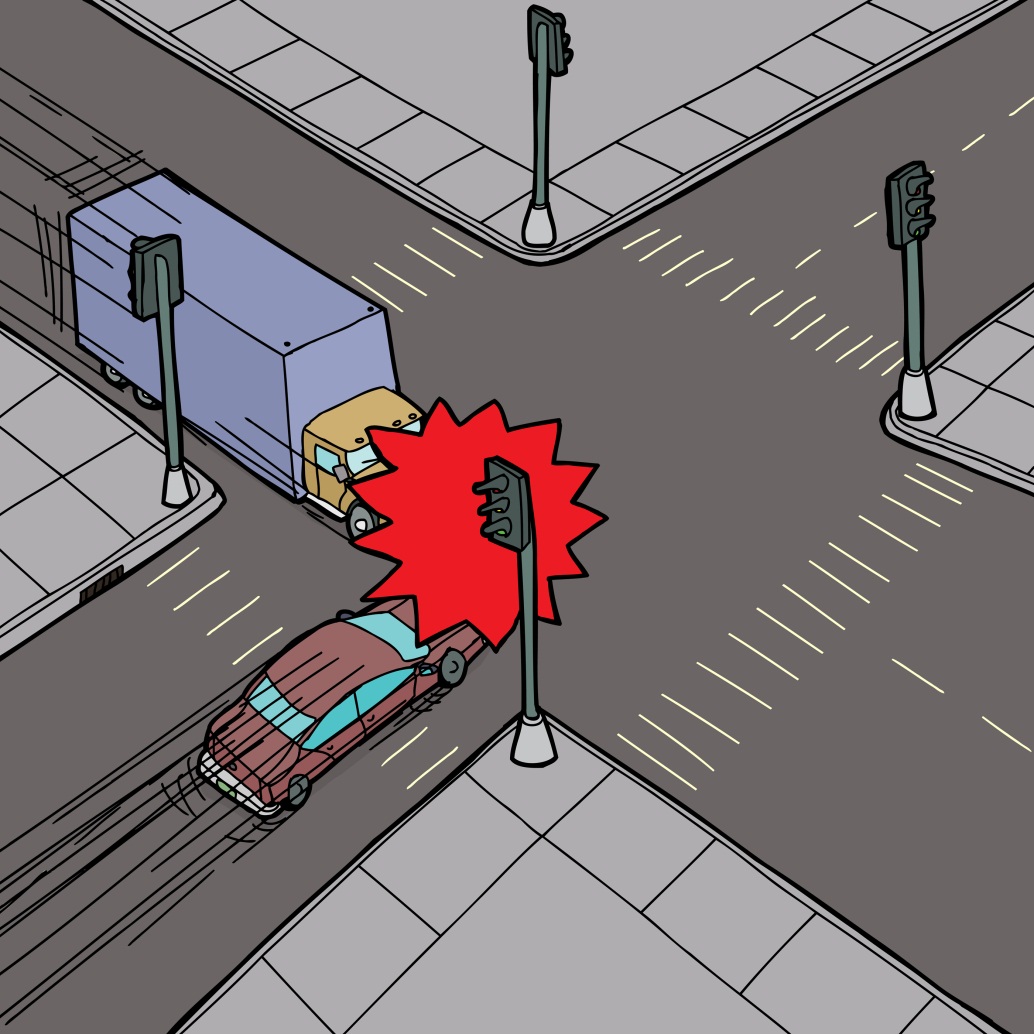
In Canada, heavy duty truck accidents make up one fifth of all motor accident deaths. In the majority of these cases, the truck driver was not injured, but other motorists were. In the US, the National Highway Traffic Safety Administration is being pressured to make collision avoidance systems mandatory on commercial vehicles over 10,000lbs, meanwhile, highway safety lobbyists in Canada are vouching for similar regulations.
Students enrolled in auto mechanic training may have already heard of the many crash-avoidance systems installed on vehicles these days. These include lane change warning assistance, driver drowsiness detection, emergency braking systems and electronic stability control. Read on to find out what collision avoidance systems may soon become mandatory on commercial big rigs.
F-Cam Technology
F-Cam systems are forward collision avoidance systems, which function by alerting the driver when another vehicle is driving too closely in front of the vehicle. The National Highway Traffic Safety Administration has already predicted that these systems have the capability to prevent 2,500 crashes each year. These systems work by sensing a crash before it happens (using radar), and warning the driver. If the driver fails to respond and a crash is imminent, then the system will automatically decelerate.
Despite its benefits, there is some debate about the use of F-Cams and their ethics. So far, there is no standard for F-Cam technology, which means that not all F-Cams will function the same. Some people are debating the effectiveness of F-Cam collision avoidance technology in cases where multiple vehicles are involved, and the possibility of automatic braking actually worsening a crash. As of now, only 3% of transport trucks are equipped with F-Cam systems—a number that lobbyers are desperately trying to increase.
OnGuard System Technology
Another type of collision avoidance technology that students might soon learn of at automotive school is OnGuard. OnGuard is very similar to F-Cam systems, with some small differences. This system uses radar specifically to detect and take control of the vehicle in the case of a rear-ending, by measuring the distance from the truck to the vehicle ahead. Other differences of the OnGuard system include an audible alarm and visual warning when the truck signals danger. This system is considered one of the more sophisticated collision avoidance technologies on the market today, though field testing is still ongoing.
Mobileye
For students enrolled at automotive training centers, there is always a spark of pride when new Canadian-made auto technology makes it to the mainstream. Mobileye is a collision avoidance system developed in New Minas, Nova Scotia by Bolland Driving Solutions. This system is already being used in many GM, Honda and Ford vehicles, and hopefully soon trucking fleets. Mobileye includes a 3-in-1 deal of lane, vehicle, pedestrian and traffic sign detection.
To get an idea of how this technology works in action, here’s Volvo’s Collision Warning System with Emergency Braking:
